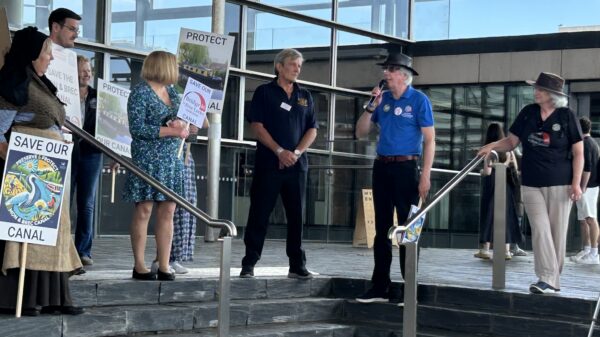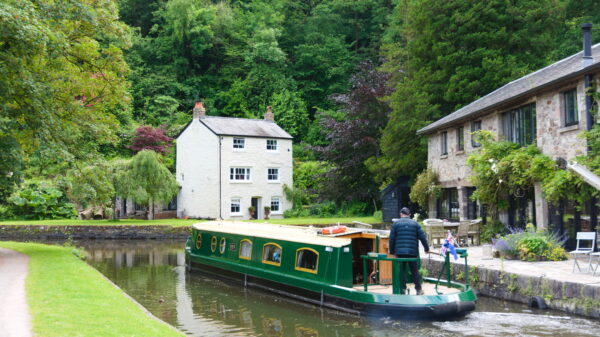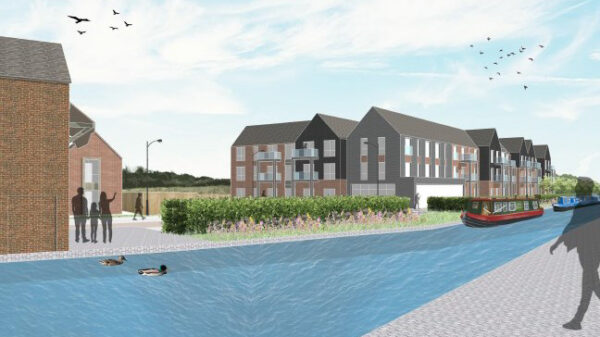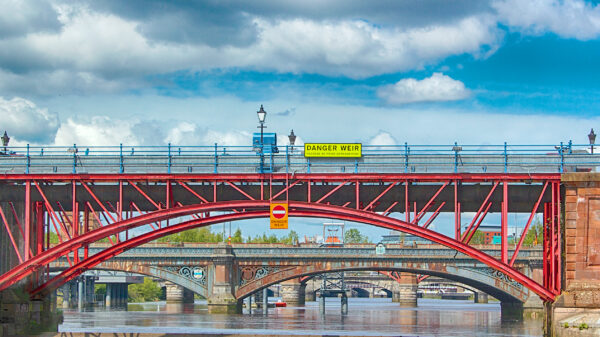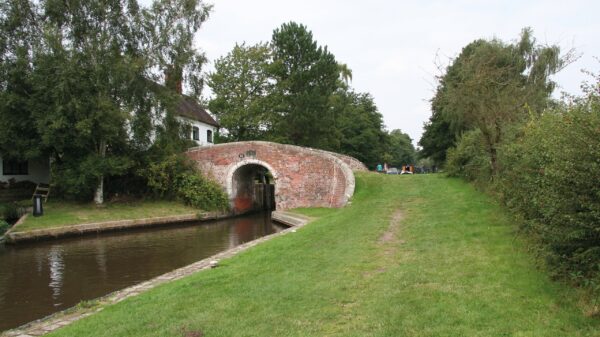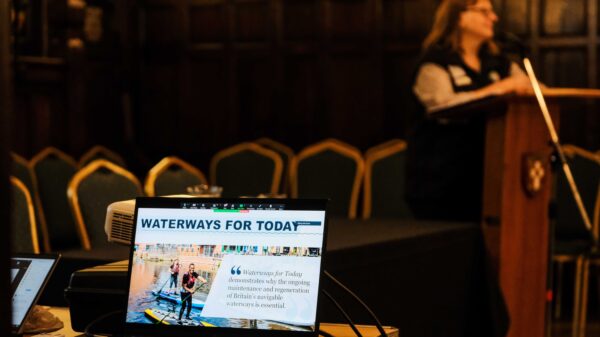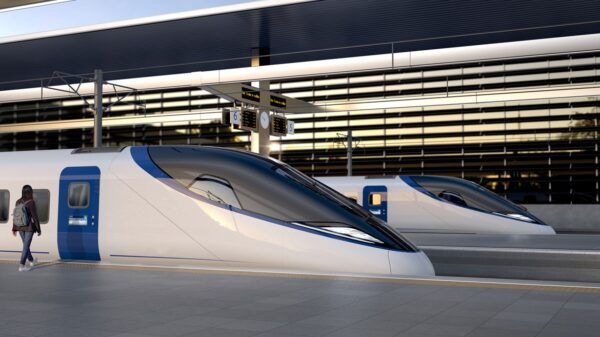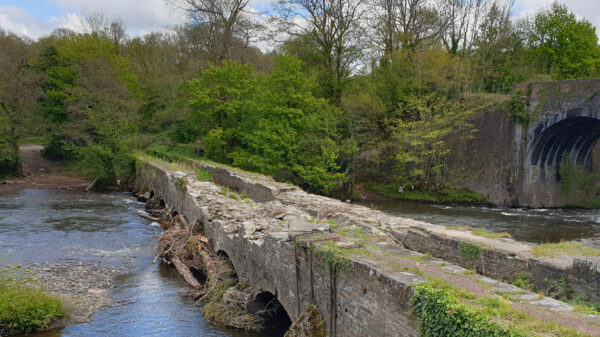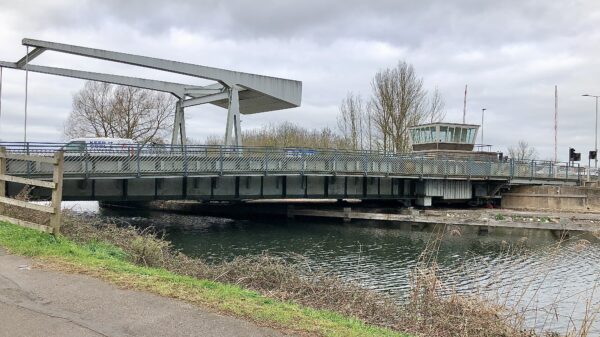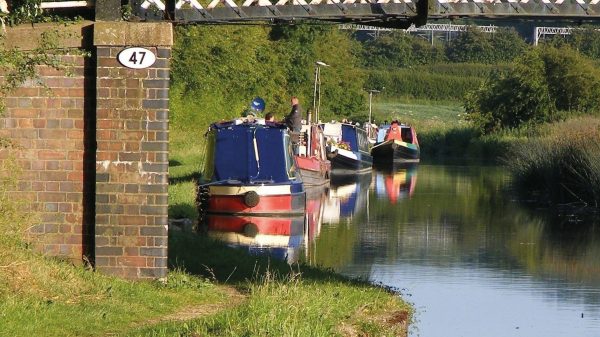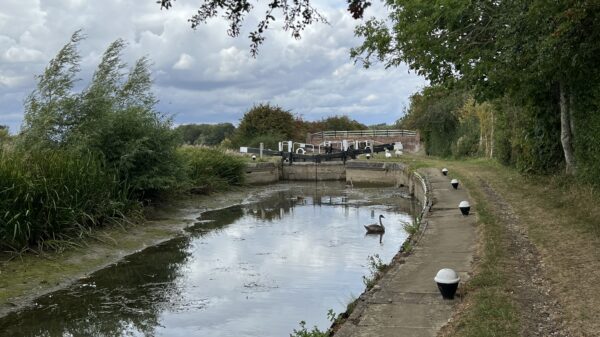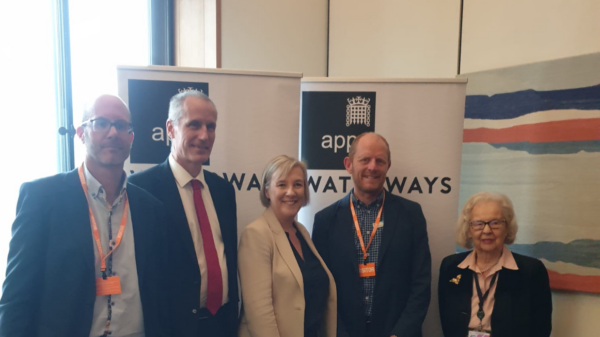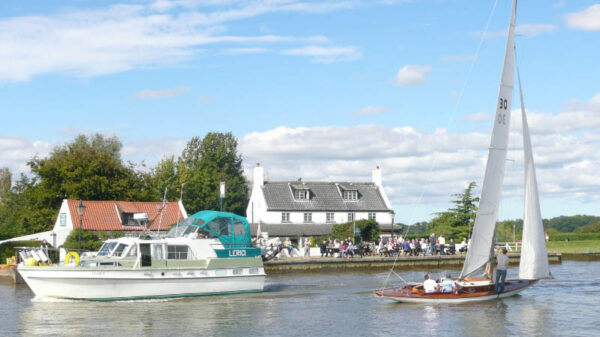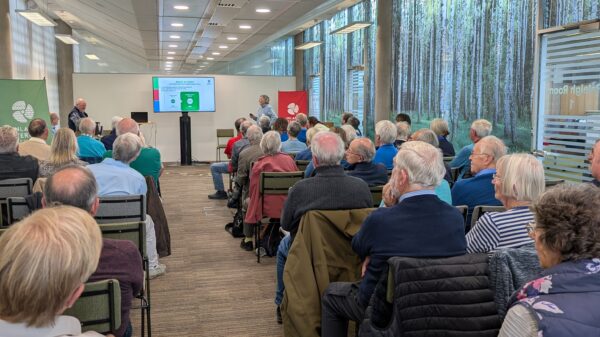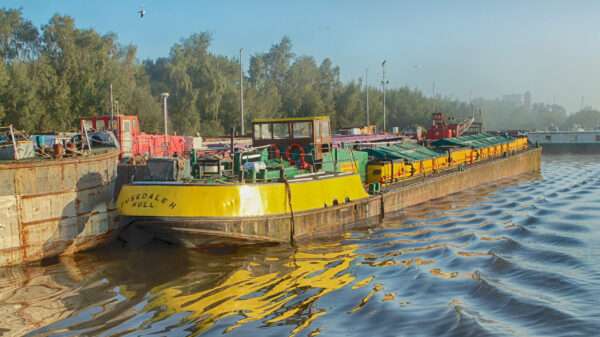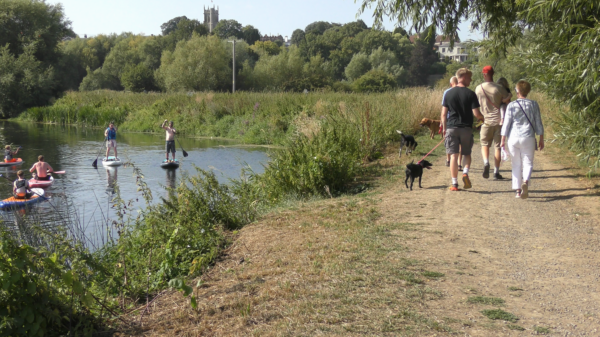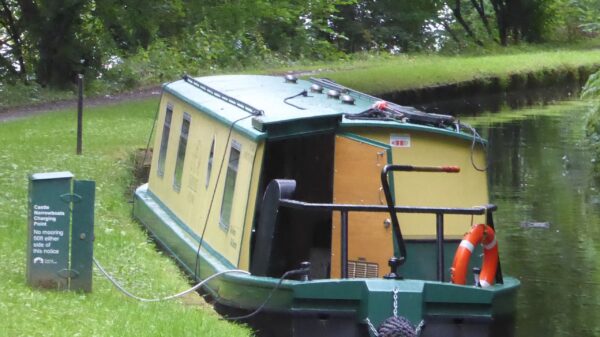IWA has submitted a response to the Call for Evidence issued by the Independent Water Commission.
The Commission was launched by the UK and Welsh Governments in October 2024 and is chaired by Sir Jon Cunliffe, a former Deputy Governor of the Bank of England. It is tasked with carrying out the largest review of the water industry since privatisation.
The topic of water resources management is becoming increasingly important for the future of the inland waterways. Through Navigation Committee, IWA has previously responded to consultations on regional Water Resource Plans, various water companies’ Water Resource Management Plans, and the Fens, South Lincolnshire and SESRO (Abingdon) reservoirs. There are various proposals for water transfer schemes, of which the Grand Union Canal Transfer is the most advanced. Not only would these bring income to currently navigable or restored canals, they also make clear the role of canals as a part of the national infrastructure.
IWA’s response to the Call for Evidence makes the following points:
- There is a need for joined-up strategic water planning, across the country as a whole and with a multi-sector approach (i.e. including key users such as inland waterways as well as water companies)
- Inland waterways both navigable and capable of restoration must be seen as part of the national infrastructure and included in the picture
- Suggesting a duty on water companies to consider navigable waterways in their strategic planning
- Navigation authorities do not have enough funds even to maintain the status quo let alone invest for the future, especially in the face of climate change
- Abstraction laws need to consider canals and rivers as part of the same overall picture
- Potential for mutual benefits from e.g. water transfer schemes, both for currently navigable waterways and restoration schemes
- Noting that there are already water transfer schemes on navigable waterways (e.g. Llangollen, Gloucester & Sharpness, Bridgwater & Taunton Canals; Yorkshire Ouse and River Lee Navigation)
- Highlighting the Grand Union Canal Water Transfer Scheme as an example of canals becoming essential parts of national infrastructure again
- Identifying the key role that some of the 500 miles of waterway restorations could play, in particular mentioning the main schemes where restorations and water transfer could go hand in hand (e.g. Cotswold Canals Severn-Thames Transfer (CCSTT) scheme; Buckingham Arm; others)
- Mentioning the numerous benefits of an inland waterway over a buried pipeline and regeneration benefits along the route
- Recommending that water companies liaise with restoration societies and/or ourselves to understand the potential schemes and explore the wider benefits of individual schemes, considering if there are examples that could benefit from a revised Ofwat Innovation Fund.
[The photo shows Horseshoe Falls on the River Dee, which supplies water to the Llangollen Canal, including water carried via the Llangollen Canal to the 21 acre Hurleston Reservoir, which holds 85 million gallons of public drinking water supply for south Cheshire – by Adrian Rayson]

